How to Eliminate the Risk of DDoS Attacks

Learn how to reduce the risk of DDoS attacks in this insightful interview with Alon Yaffe, Lead Solutions Architect at MazeBolt. Discover the vulnerabilities in current DDoS defenses and why proactive, continuous protection is essential for Israel’s critical infrastructure.
Insight from Microsoft: Why DDoS Simulation Must Be Continuous

Discover why continuous DDoS simulation is essential to Microsoft Azure users in MazeBolt’s webinar with Microsoft’s Amir Dahan. Learn how ongoing simulation improves DDoS defenses, reduces vulnerabilities, and protects applications from costly downtime.
It’s Christmas for the Hackers, Too! DDoS in the Holiday Season

Learn why DDoS attacks spike during the holiday season and how they threaten business continuity for e-commerce platforms. Discover proactive strategies to safeguard your organization from holiday DDoS threats and keep operations running smoothly with MazeBolt RADAR™.
The IT Guide to DDoS: ISO Layer 7 – What You Need to Know (Part 3)

Explore how Layer 7 DDoS attacks target application resources, mimicking normal traffic to bypass defenses and cause disruptions. Learn about attack types, their impact, and effective mitigation strategies to safeguard applications and services.
The IT Guide to DDoS: Layer 4 – What You Need to Know (Part 2)

Learn how Layer 4 DDoS attacks target vulnerabilities in transport layer protocols like TCP and UDP to cause significant disruption without requiring vast amounts of traffic. Explore key attack types such as SYN floods, UDP floods, and ACK floods, and how to mitigate these threats.
Insights for Cybersecurity Awareness Month: 3 Tips on DDoS Resilience

Enhance your organization’s DDoS resilience this Cybersecurity Awareness Month with three key strategies. Learn how continuous testing and team-wide DDoS education are essential to defending against evolving cyber threats and preventing costly downtime.
The IT Guide to DDoS: Layer 3 – What You Need to Know (Part 1)

Learn the basics of Layer 3 DDoS attacks and why they disrupt network infrastructure by overwhelming bandwidth. Discover key mitigation strategies to protect against these attacks and ensure business continuity.
Doing Business in the EU? October 17 is the NIS2 Deadline
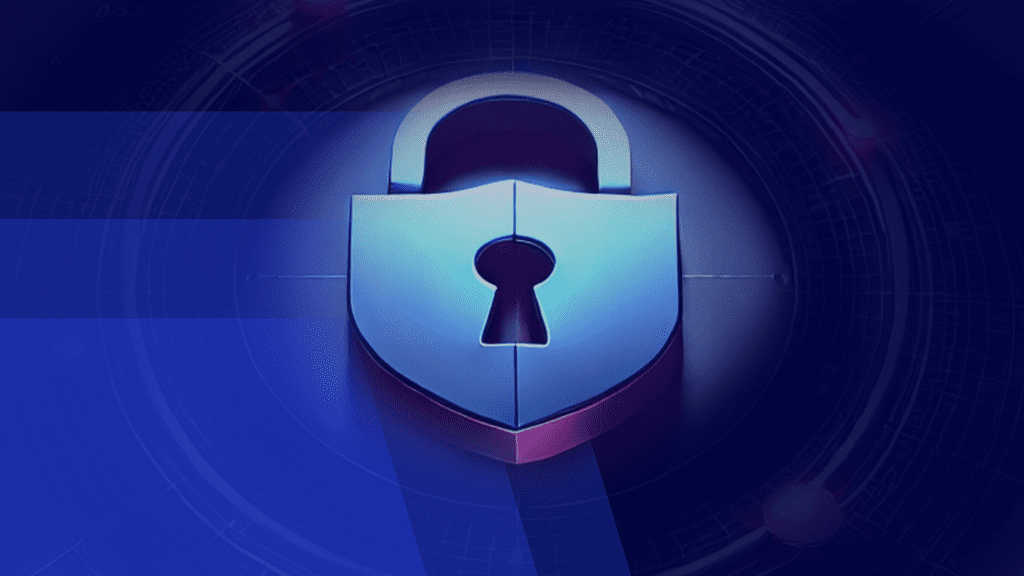
The NIS2 Directive’s compliance deadline for EU businesses is October 17, 2024, with severe penalties for non-compliance. It strengthens cybersecurity requirements, focusing on protecting critical infrastructure and mitigating risks such as DDoS attacks.
Frost & Sullivan Report: Continuous DDoS Vulnerability Testing is Key
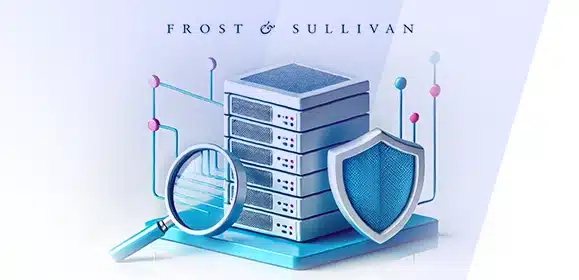
Ensure robust DDoS protection with continuous, automated vulnerability testing, as highlighted in Frost & Sullivan’s latest report. Learn why proactive testing is essential to mitigating the evolving threat of DDoS attacks.
Massive DDoS Attack Disrupts X (formerly Twitter) During Trump Interview
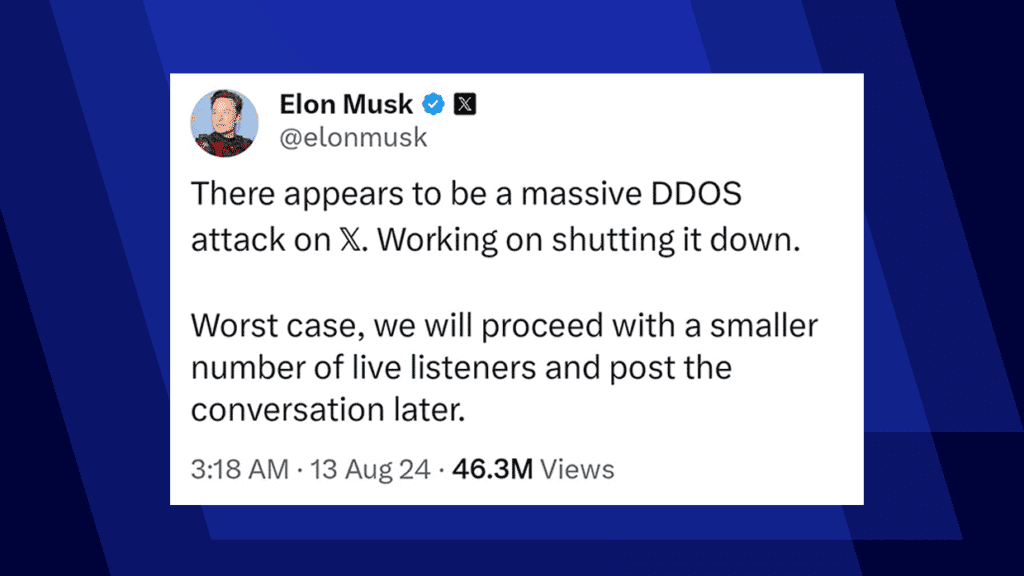
This blog covers the massive DDoS attack that disrupted X (formerly Twitter) during an interview with Elon Musk and Donald Trump, emphasizing the need for stronger DDoS protection and proactive defense strategies.
4 Steps to Compliance and DDoS Resilience
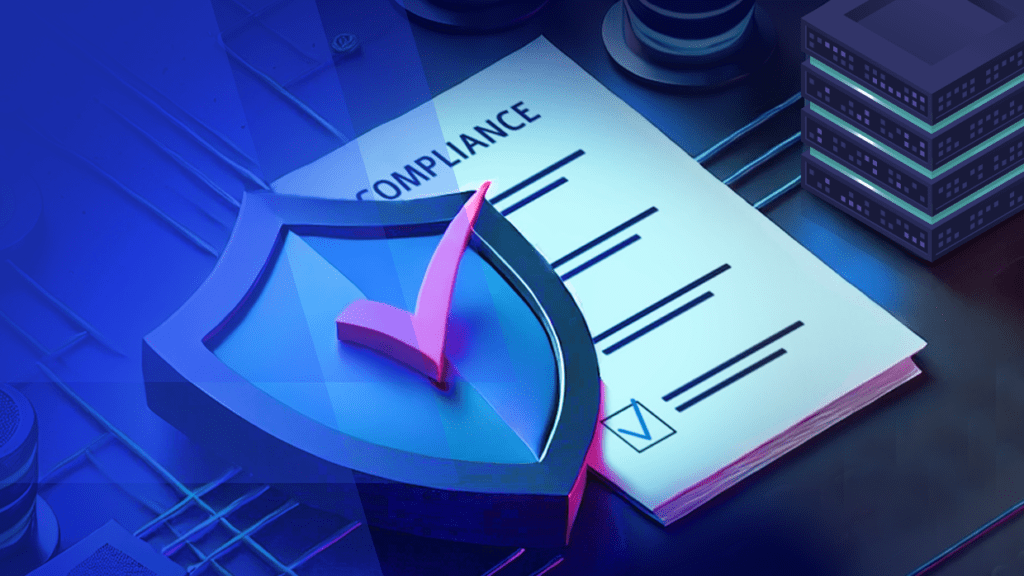
How to be compliant with new DDoS regulations in SEC rulings in the US, with the Digital Operational Resilience Act (DORA) and NIS 2 Directive in the EU
Don’t Let DDoS Stop the Elections
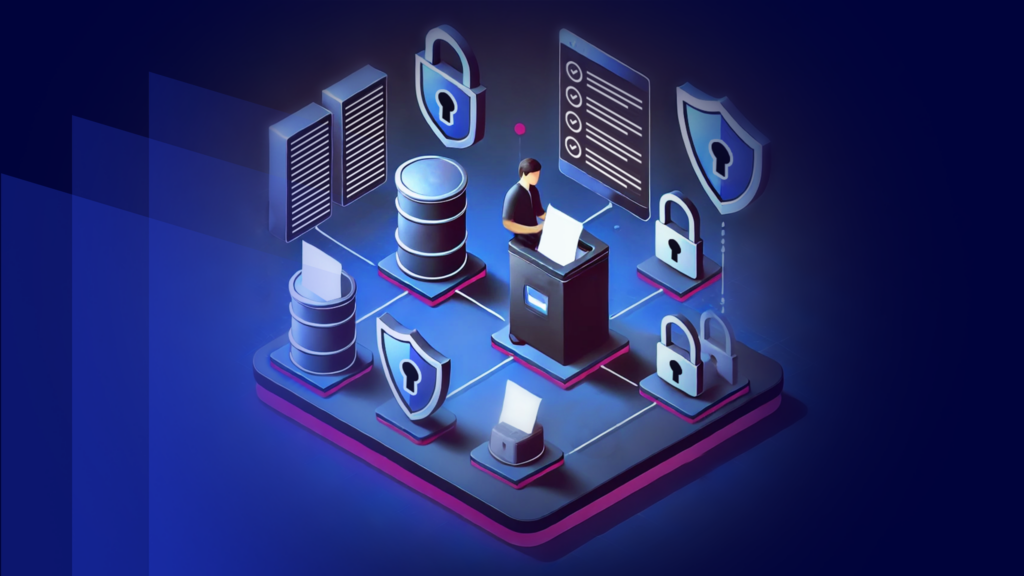
As the 2024 US national elections approach, the stakes are high – with potential cyber threats posing significant risks to the democratic process.
